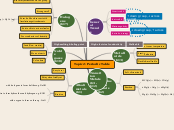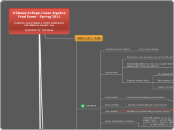realizată de Aishah Aziz 9 ani în urmă
427
Topic 2: Periodic Table
The periodic table organizes elements based on their properties and recurring trends. Transition metals, found in groups 3 to 12, are known for their high electrical conductivity, malleability, and high melting and boiling points.









